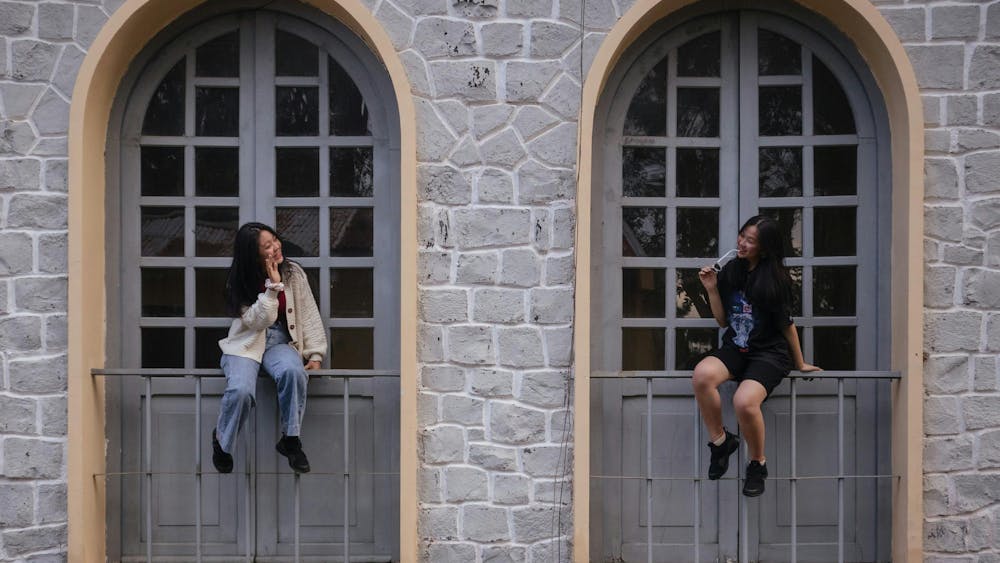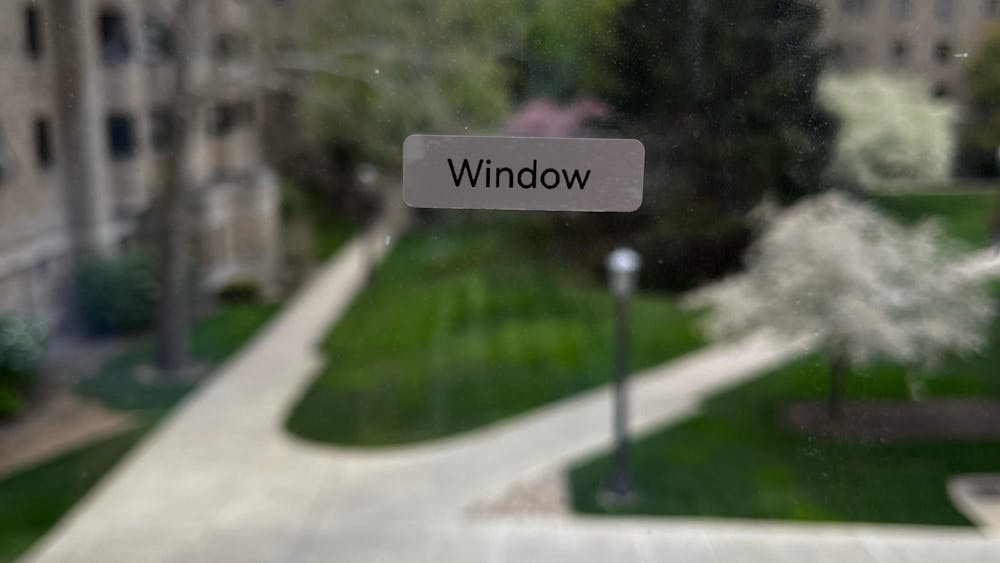One of the most iconic symbols of Catholic- Latino and Mexican identity, La Virgen de Guadalupe holds cultural and religious importance since her apparition in central Mexico during the 1500s. She has been attributed with initiating the large conversion of native Mexicans to Catholicism after presenting herself to Juan Diego, an indigenous boy who was trying to meet with a priest to perform last rights for his ill uncle. La Virgen visited Juan Diego numerous times, asking him to ask the bishop to build a church in her name. After multiple rejections, on the last day, he filled his cloak, or tilma, with roses, went back to the bishop and opened his cloak and revealed her image, convincing the bishop to build the church, and found his uncle cured of his sickness. Since then, her feast day is celebrated every year on Dec. 12, when her image appeared on the cloak. The story was relayed not only in Spanish, which back then was the language of the Catholic presence in Mexico, but in Nahuatl, the language of the Aztecs, allowing for a dramatic spread of Catholicism throughout the region.
La Virgen’s presence in the religious culture of Latin America is present everywhere; shrines dedicated to her are ubiquitous in Mexico, whether in stores or in churches as the patroness of the Americas watches over them. Many Mexican Catholics have an image of her somewhere in their home for religious purposes and whether it is on candles, prayer cards or statues, keeping her spiritual presence has served as one of the most important aspects of religious life for many. Millions go on a pilgrimage to one of the most visited sites in the world, to the basilica where the tilma currently hangs.
In American Latino communities, she also serves as an important image identifying people with their roots. It’s the strongest displays of Latino, and particularly Chicano, identities, especially as one of her titles is “Patroness of the Americas.” Not only do images of her show up in religious shrines, churches and corners, but also in unexpected places. Some would argue that she has become a cultural “token,” commercializing religion and culture into a trademark of a lifestyle, appearing on all kinds of items like jackets, jewelries, ponchos and curtains. This just further proves of her vitality and importance in people’s lives.
But the cultural blend isn’t new in regards to its association with La Virgen de Guadalupe. Christianity oftentimes merged different cultures to help spread its religion (see, for example, the origins of Christmas and Halloween). Aspects of the Aztec culture are still present in venerating La Virgen, such as the various symbols on Mary’s robes that represent numerous Aztec and Spanish symbols. Even today, during the observance on her feast day, many churches and cultural groups, especially in Southern Mexico, incorporate traditional Aztec dances as part of the celebration, as historically they used to be part of rituals towards the deities of the native people.
The cultural blends of native and European customs that came about from the presence of La Virgen de Guadalupe are significant and the effects, as shown, are still present today. Her importance in religious aspects of life have allowed her to serve as one of the most prominent saints in Latin American culture, and her feast day is a lively celebration of her apparition, honored with prayers, songs and of course, traditional Mexican food like champurrado, which is a thick chocolate-based drink, and bunuelos, a crispy pastry covered in syrup and sugar. The joy in the celebration comes from acknowledging the divine presence of La Virgen in Mexico and Latin America as she watches over her nations, as well as remembering her apparition to Juan Diego, who was canonized as the first indigenous saint of the Americas in 2002. A traditional mass on her feast day recognizes her significance in many people’s lives as she serves as a spiritual anchor, connecting people’s religion with their everyday lives.













